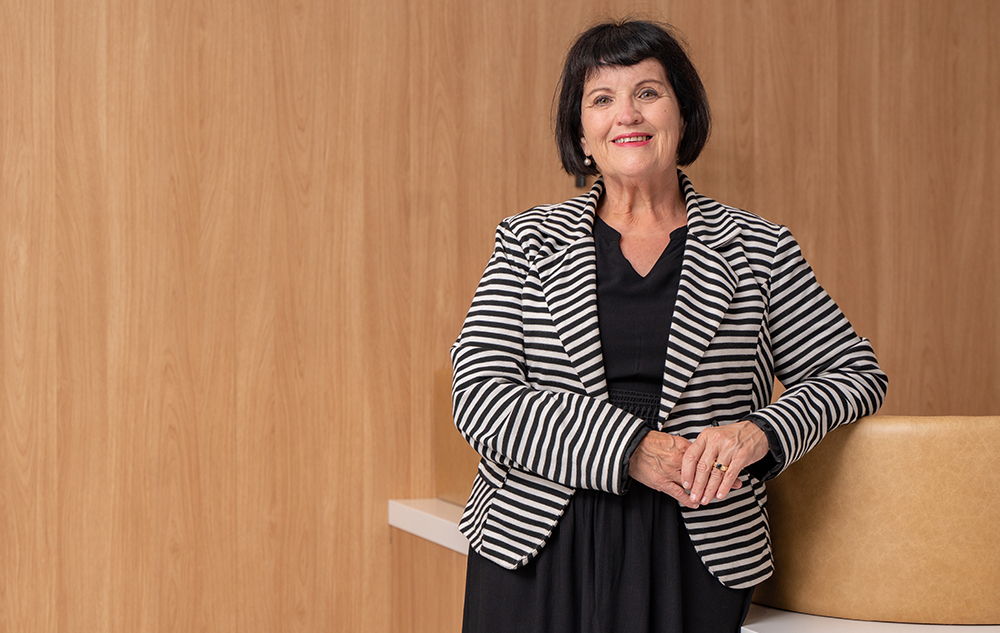Cost shifting "a hell of a burden" on local shires
Kristin Murdock
04 December 2023, 2:40 AM
 Narromine Mayor, Craig Davies said cost shifting to rural councils has been going on for decades.
Narromine Mayor, Craig Davies said cost shifting to rural councils has been going on for decades.The disparity between city and country is rearing its head again, with an imbalance of rates being paid by regional residents.
According to a Cost Shifting Survey conducted by consulting firm, Morrison Law, among the hardest hit LGA's are Lachlan, Bogan, Brewarrina and Narromine.
Put simply, cost shifting is the term used to describe when the state or federal governments transfer, or 'shift', responsibility for providing a certain service, concession, asset or regulatory function to councils.
NSW councils are currently being asked to absorb cost shifting worth more than $1.36 billion each year, with the practice imposing an estimated cumulative burden of more than $10.15 billion over the last decade.
Mayor of Narromine Shire Council, Craig Davies, said this issue has been going on for decades.
"With every new state budget, there appears to be another cost shifting exercise from the state government, particularly to local government to take on further responsibilities without the resources to do it," he said.
According to the report, the biggest examples of cost shifting include
- The waste levy (totally $292.9 million)
- Emergency Services Levy (totalling $165.4m and the largest direct shift to local councils.)
- Failure to reimburse local councils for mandatory pensioner rate rebates ($55.2m)
- Failure to cover a commited 50 per cent of the cost of libraries ($156.7m)
Mr Davies said local governments are getting less than half the funding they received through Federal Assistance Grants than they did 15 years ago.
"It puts a hell of a burden on shires," he said. "And it's based on numbers when it shouldn’t be. While we are small in population we are huge in area - Narromine Shire is probably the size of 500 Sydney council areas. Roads are by far our greatest cost but we are not given the resources to look after them properly."
Mr Davies was not surprised that the Emergency Services Levy and associated emergency services costs were the largest cost shifting item.
"It would have to be one of the most inefficient operations of any government agency in the country," he said. "As an example, Narromine Shire carries the burden of the Rural Fire Brigade - we don’t own them, we don’t manage them, we don’t operate them, but the depreciation of vehicles and sheds are on our books so it makes councils financial statements look a lot worse than they are because the depreciation of those assets is quite significant."

Calling state and federal governments to account for their cost-shifting. LGNSW President Darriea Turley. IMAGE: LGNSW
The President of Local Government NSW, Cr Darriea Turley AM said the findings of the report are alarming and should shock every ratepayer.
“It’s just not acceptable for the State Government to use local councils as a piggy bank for State programs and services,” Cr Turley said. “This is effectively a $1.36 billion dollar tax on every ratepayer in NSW. It’s even worse for ratepayers in large rural councils who are paying almost $600 per annum while ratepayers on the fringe of Sydney pay $420."
“At a time when rural and regional councils are still rebuilding after the natural disasters of the past few years, the last thing they need to be doing is paying for State Government obligations too.”



